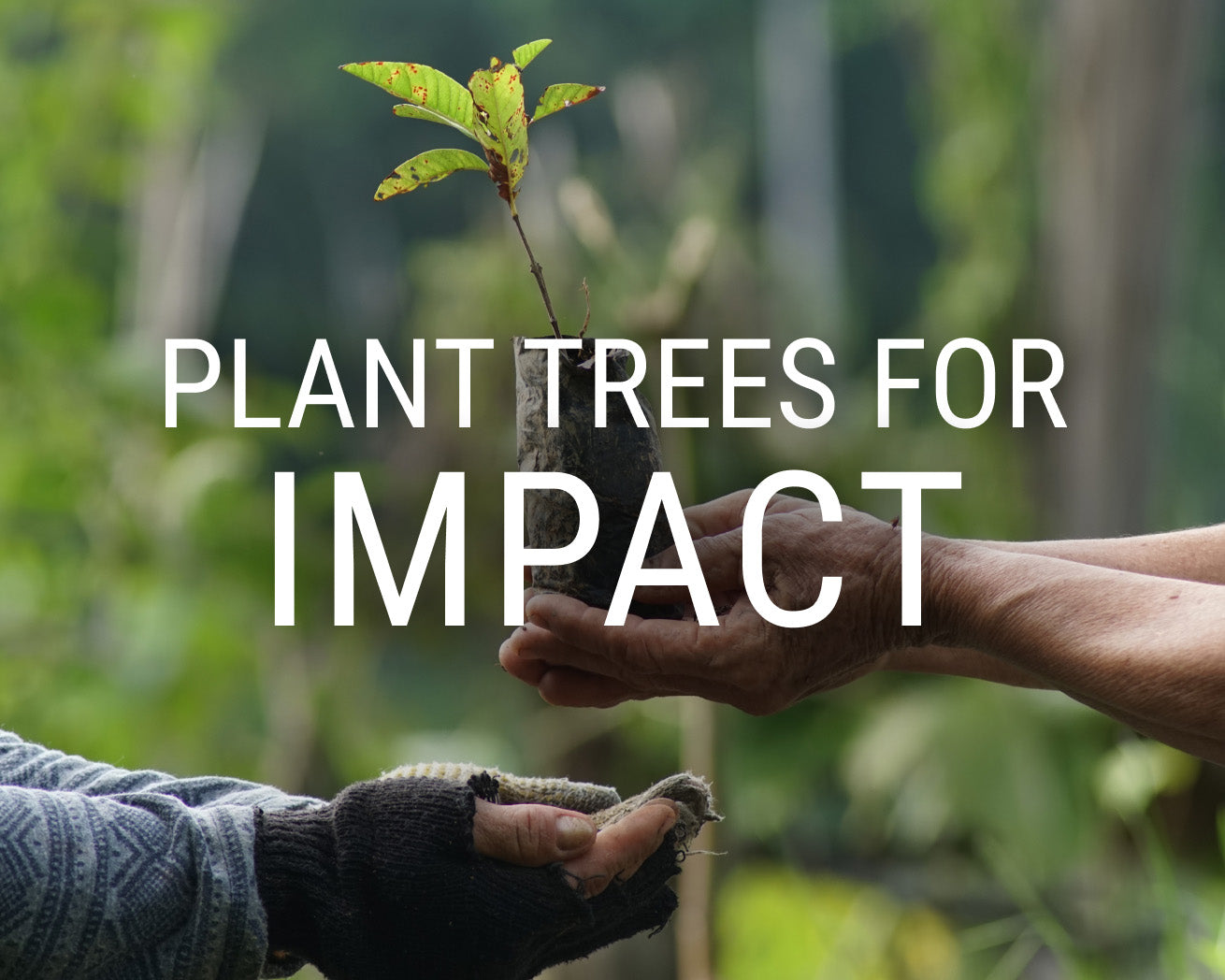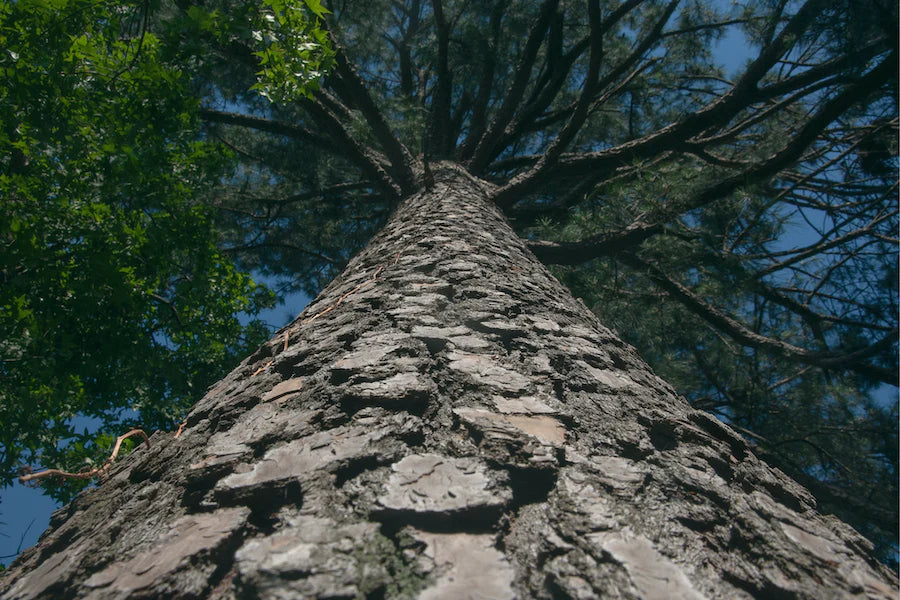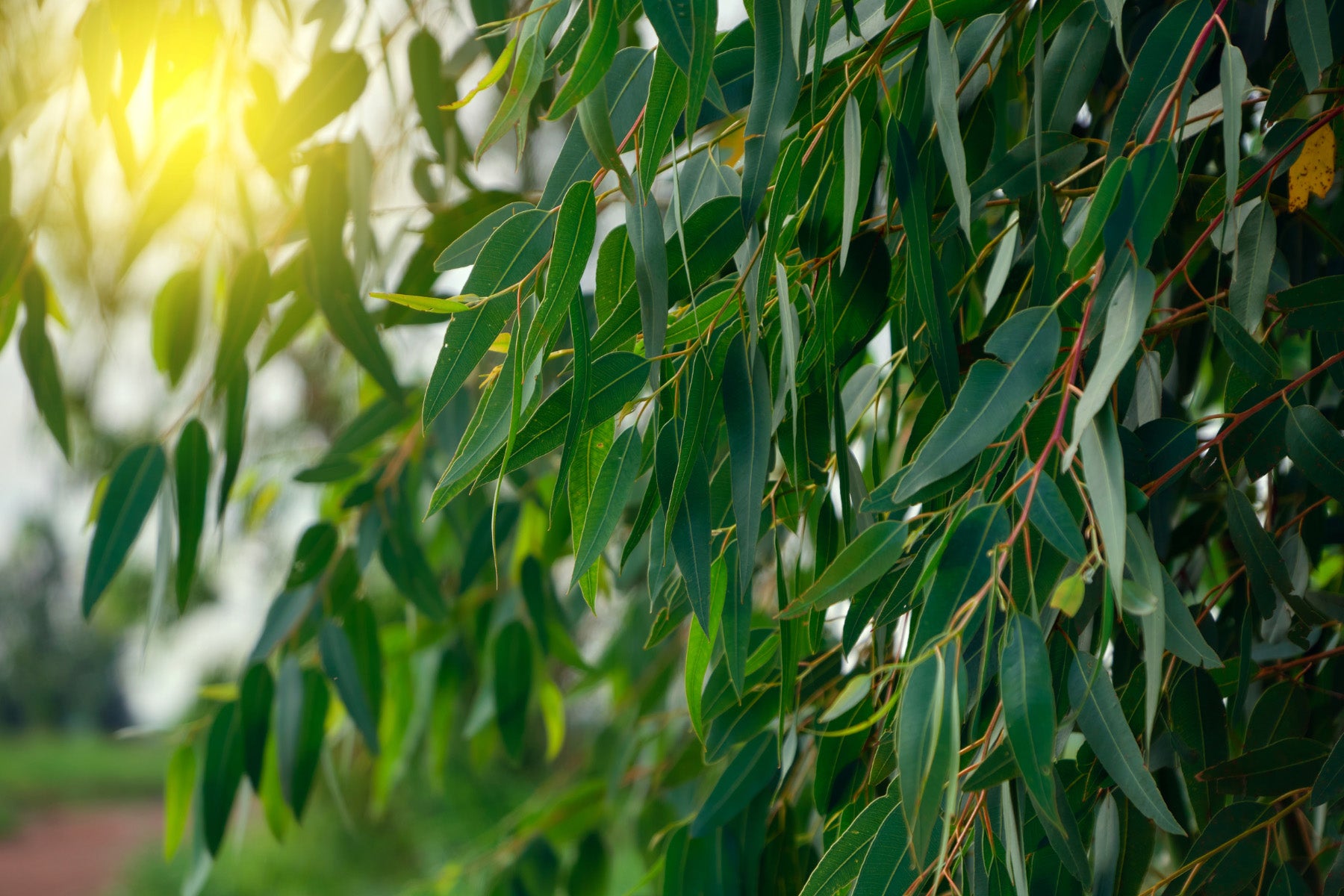Plant Trees

Plant trees for impact and help restore ecosystems around the world! Plant trees
About
We make it simple for anyone to plant trees, and together we can make an incredible impact. Learn more

Stay up to date on major announcements, exciting collaborations, and more.Visit our Newsroom

We make it simple for anyone to plant trees, and together we can make an incredible impact. Learn more
Get Involved
Become a business partner to improve your company’s sustainability initiatives and make an impact. Learn more
See how your support and leadership can help us fund reforestation efforts across the globe. Learn more

Become a business partner to improve your company’s sustainability initiatives and make an impact. Learn more

See how your support and leadership can help us fund reforestation efforts across the globe. Learn more
Learn
Read about stories from the field, interesting facts about trees and get your healthy dose of nature. Visit our blog
Comprised of lesson plans, learning modules, resources, and activities, our T.R.E.E.S. School Program is the perfect addition to your curriculum. Learn more

Read about stories from the field, interesting facts about trees and get your healthy dose of nature. Visit our blog

Comprised of lesson plans, learning modules, resources, and activities, our T.R.E.E.S. School Program is the perfect addition to your curriculum. Learn more
Shop
Our fan-favorite Reforestation T-Shirt. Wear it with pride to show your support of reforesting our planet, one tree at a time. Shop now
Give the gift that lasts a lifetime! Choose an image, write your personalized message and select a delivery date to gift a tree. Gift a tree

Our fan-favorite Reforestation T-Shirt. Wear it with pride to show your support of reforesting our planet, one tree at a time. Shop now

Give the gift that lasts a lifetime! Choose an image, write your personalized message and select a delivery date to gift a tree. Gift a tree
Get Involved
Plant Trees
Get news, updates, & event Info delivered right to your inbox:
What Happens After Forest Fires?
Do you ever wonder what happens after forest fires? Fire ecology — or, study of "the origins of wildland fire and its relationship to the living and nonliving environment" — can help us understand. Fire ecologists study the origins of fires, what influences their spread and intensity, their relationship with ecosystems, how controlled fires can be used to maintain ecosystem health, and what happens in nature after fires have occurred. They recognize that fire is a natural component of many ecosystems.
The Principles of Fire Ecology
There are three main principles of Fire Ecology that help us understand the role of fire in our natural landscapes.
- Fire Dependance: Fire Dependence refers to the ability of fires to make the environment more hospitable for their regeneration and growth of specific plant species. For example, a low severity fire can make nutrients more available to native plant species that would otherwise be outcompeted.
- Fire History: This concept considers how frequently fires have occurred in the past in a specific geographical area. By understanding an area's fire history, scientists can better understand the role it has played in its evolution.
- Fire Regime: Many factors, including humidity, fuels, and ignition sources determine an area's fire regime. It can also be impacted by topography and wind.
HOW NATURE ADAPTS TO LOW SEVERITY FOREST FIRES
In some ecosystems, fire has historically played an integral role in shaping and maintaining the landscape. As a result, many native plant and animal species have developed unique strategies to withstand blazes. Here are a few examples of how plants and fungi have adapted to fire:

Fire-Activated Seed
Some species require fire reproduce, including California’s giant sequoias: their serotinous cones are glued tightly shut with pine resin, and require concentrated heat to release the mature seeds inside. Other species, like shrubs and annual plants, are triggered to grow by the chemical signals in smoke. In many forests, there lays a rich soil seed bank just waiting for the right conditions.

Thermal Insulation
Some species (such as the Australian grass tree) are thermally insulated against fire by their bark, dead leaves, or moist tissue. Some trees (including giant sequoias), have thick, fire retardant bark that can be burned without damaging their vital tissues. Others are protected by tissues that are moister than usual, which provide thermal insulation reduce dehydration.

Resprouting
Many species (including several Eucalyptus) will re-sprout if they sustain damage during a fire. In many cases, they have specialized buds that are encased in bark. When the bark burns, the buds can emerge, producing new leaves and branches. Some shrubs and many herbaceous plants rely on underground structures that allow them to come back, even if the above-ground structure has been destroyed.

Fungi Blooms
Fungi can also benefit from forest fires — and the experienced mushroom hunter knows that recent burn sites are among the best places to find morels and boletes.

Fire-Activated Flowers
Fire can change the composition of the soil itself, volatilizing nitrogen and other nutrients for seeds contained in the soil seed bank. Species like Fire Lily and Indian paintbrush are just a few examples of fire-activated wildflowers.
Over millennia, many species have developed adaptations to fire where it occurs naturally. The majority of the fires they were exposed to were of low to moderate severity.
Today, the length of fire seasons, the frequency of fires, and the amount of burned area, are trending upwards. When severe fires occur, the scale of loss may mean that naturally adapted regeneration strategies will not occur. When this is the case, reforestation can help.
Want to help us restore forests that have been destroyed by wildfires? Learn more about what we're doing to help and plant a tree for forest fire recovery today!
Get news, updates, & event Info delivered right to your inbox:
Meaghan Weeden
Meaghan works to share our story far and wide, manages our blog calendar, coordinates with the team on projects + campaigns, and ensures our brand voice is reflected across channels. With a background in communications and an education in environmental conservation, she is passionate about leveraging her creativity to help the environment!
Related Posts
Good News! 6 Positive Environmental Stories from July 2024
25/07/2024 by Gabrielle Clawson
How Forest Bathing Can Help Lower Stress
23/07/2024 by Meaghan Weeden
5 Endangered Trees with Amazing Stories
18/07/2024 by One Tree Planted
Popular On One Tree Planted
27 Ways to Prevent Climate Change
11/07/2024 by Meaghan Weeden
5 Causes of Deforestation
09/07/2024 by Meaghan Weeden
8 Interesting Facts about Rainforests
04/07/2024 by One Tree Planted





